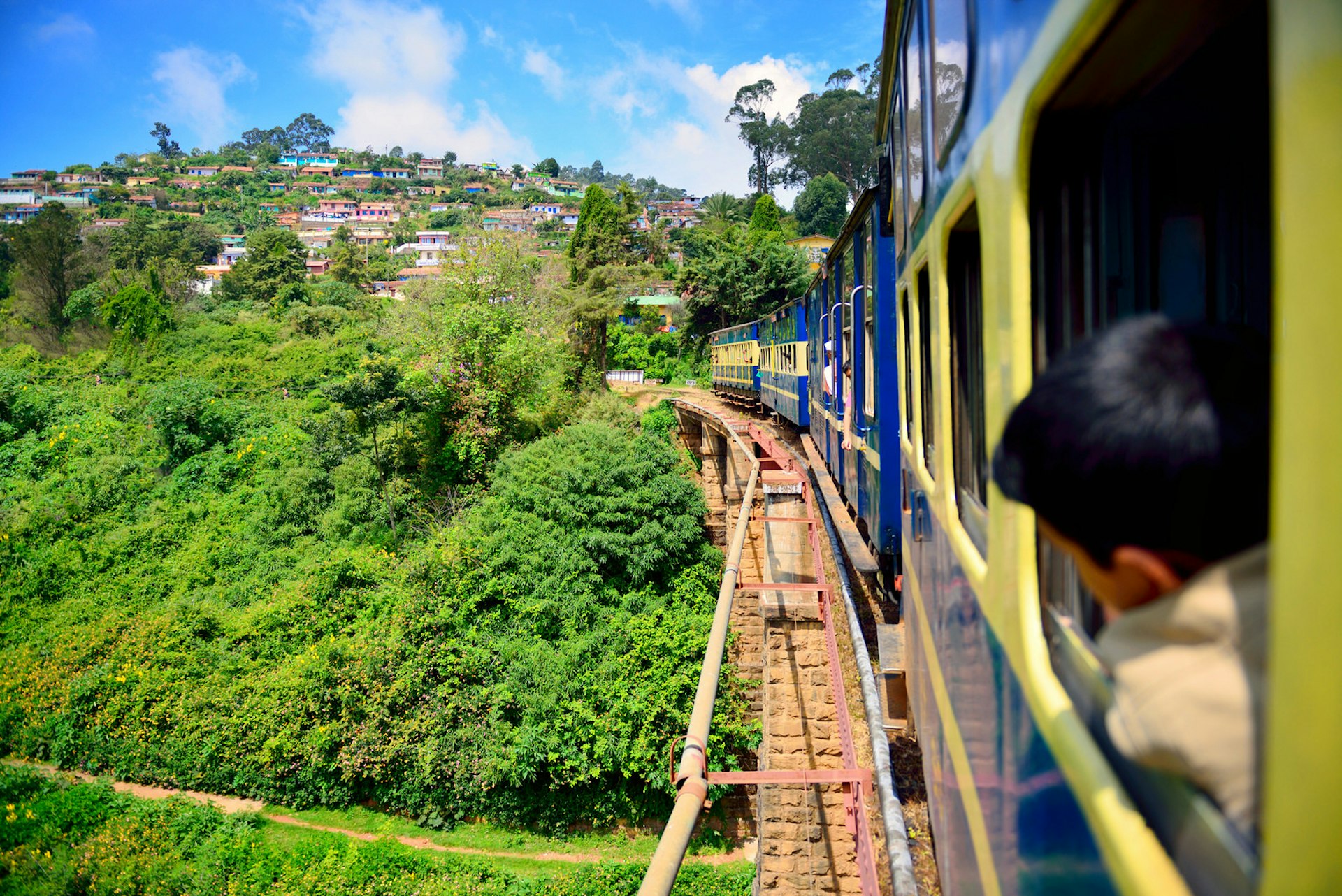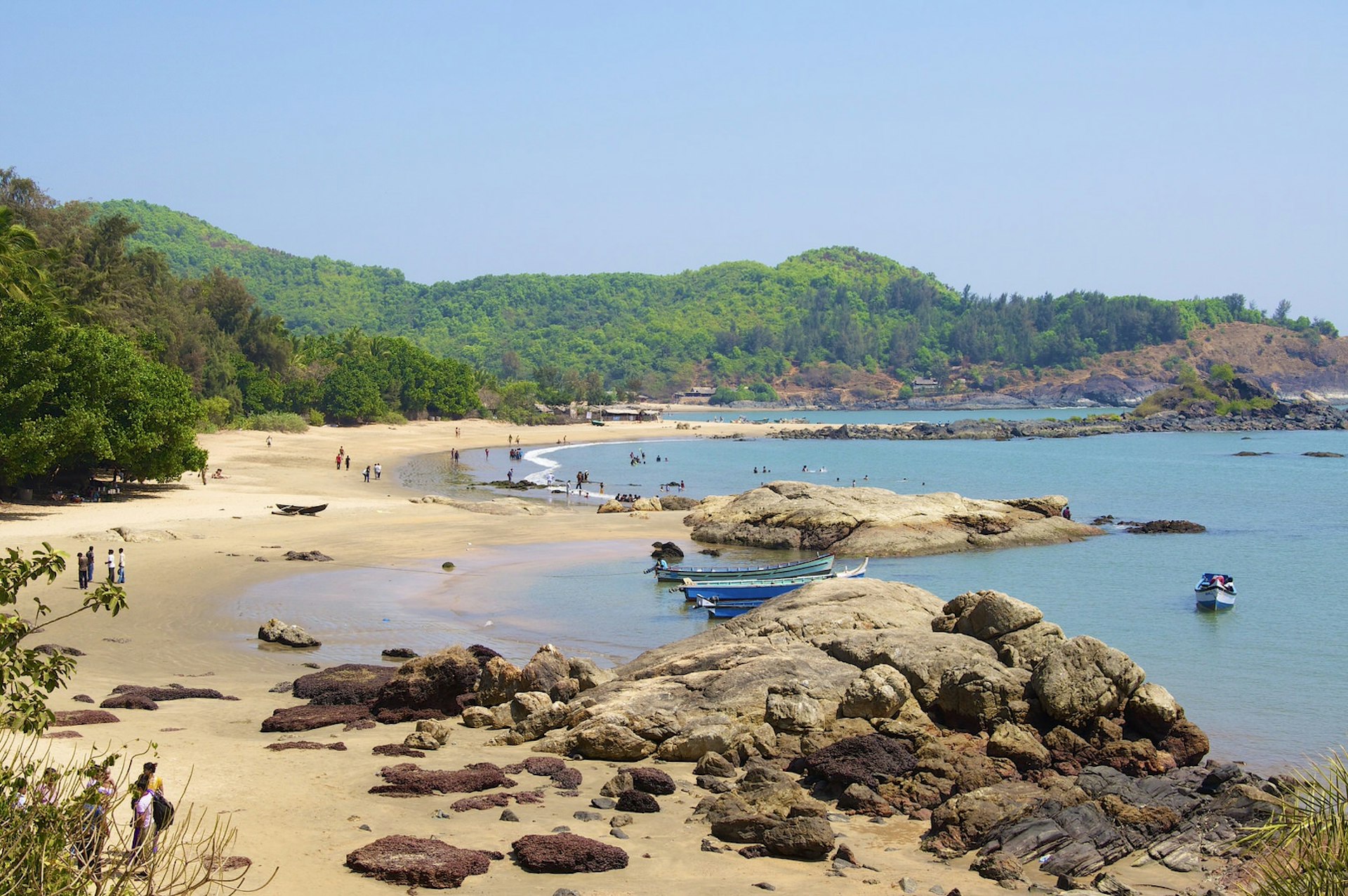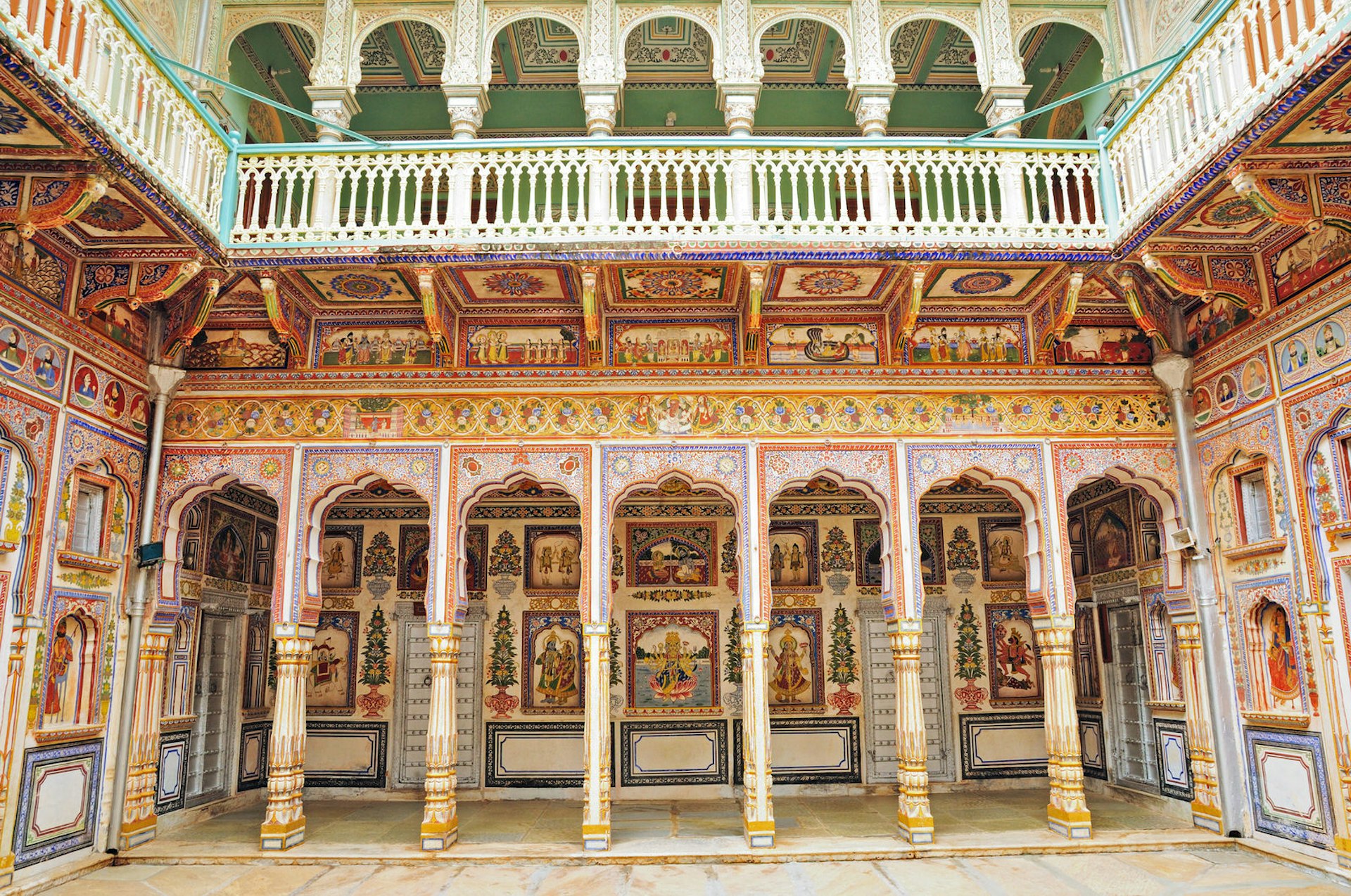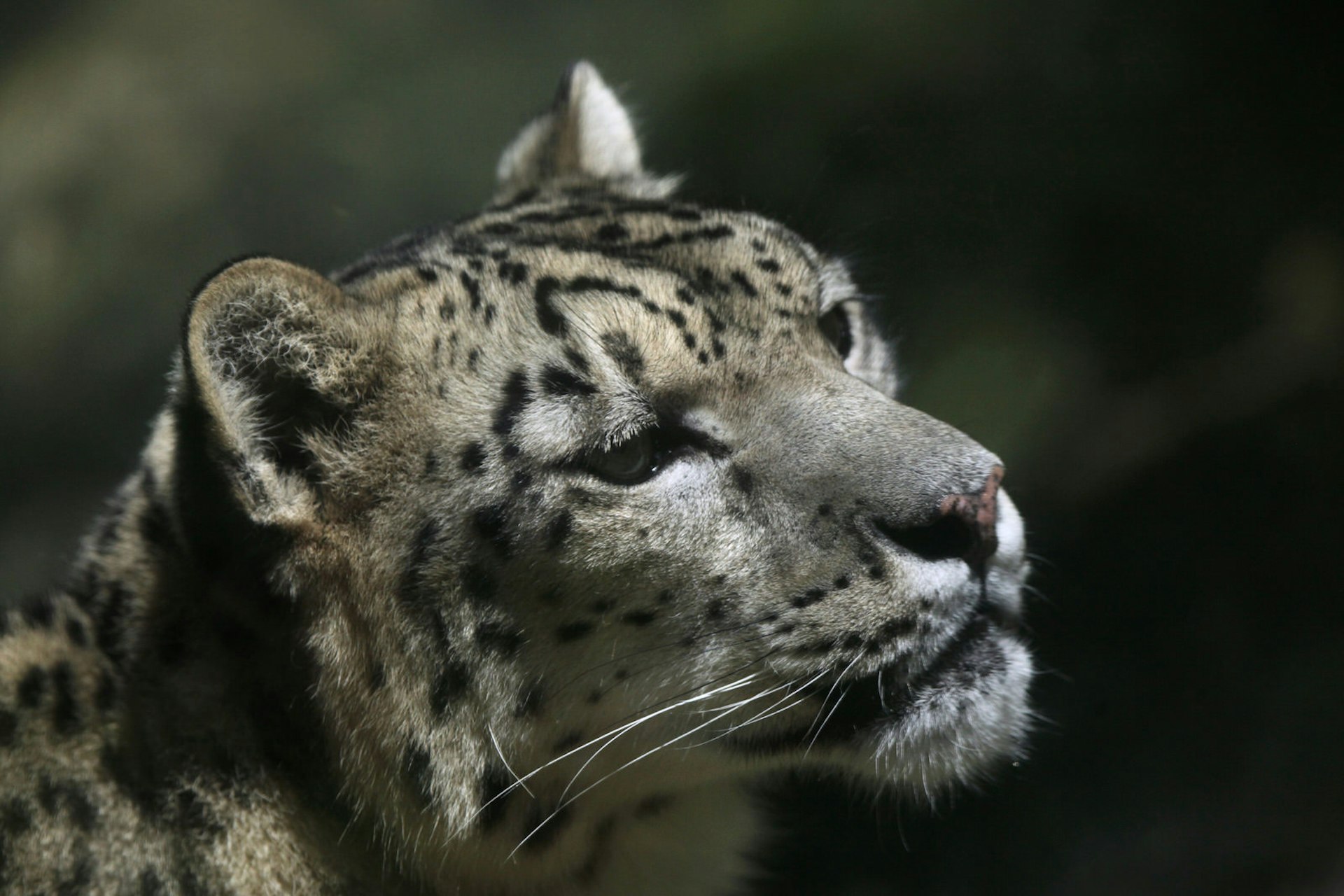With its rainbow-coloured palette of markets, mountains and monuments, India is the stuff of travel dreams. Ten million tourists visit every year, and numbers are climbing fast as more and more people fall for India’s temples and tigers, forts and forests, monasteries and megacities. But what happens when you tire of the Taj, grow jaded with Jodhpur or lose the love for Ladakh?

The good news is that India is almost infinite in its variety. For every tourist town on the traveller trail, there’s a nearby backwater with just as many monuments but none of the crowds. It would take a lifetime to explore this continent-sized country, but for off-the-beaten track adventures, point your compass at the following spots…
If this is your maiden voyage to the Indian subcontinent, make sure you also check out our top tips for India first-timers.

For mountain lovers…
Travellers flock to Ladakh every summer for a few relaxing months of yoga, yak-cheese and yomping up mountain trails, but the road linking Leh and Manali is the gateway to another mountain playground where you can amble for days without spotting a fellow traveller. Hop off the Manali-Leh bus at Keylong and the thud of tourist-brandished bongo drums and slap of Birkenstocks will fade into the distance as you drift west into the green-and-ochre valleys of Lahaul, where tourists are greeted with a surprised smile and Hinduism and Buddhism share centre stage.
A string of tiny temple towns marks the route from Keylong to the Kashmir valley; as the road becomes ever more treacherous and gravity-defying, you may feel you’ve wandered right off the map. For the ultimate Lahaul experience, test your courage against the stretch of road from Killar to Kishtwar, often described (with only slight exaggeration) as the world’s most dangerous highway. At points, the road is a barely-visible score scratched into a mountain wall, balanced above a thousand-foot drop. Only daredevils need apply.

For families…
Going off the beaten track in India doesn’t have to mean risking life and limb. For Goa-style sand and sun without the package-tour hordes, drift south to Karnataka, where resorts catering to Indian families dot a gorgeous strip of palm-backed coastline. You’ll miss out on Goa’s Portuguese influence, but find a richly Indian experience: sacred temple towns, sleepy fishing villages, and port-cities famed for their highly-spiced seafood curries.
Gokarna is the favourite stop for those in the know – part temple-town and part laid-back beach retreat. Om Beach is the most stunning strip of sand, but there’s a calmer vibe at Kudle Beach and Half Moon Bay, where you’ll find a low-key version of the Goa beach scene – so yes to beach-cafes and yoga, no to all-night full-moon parties. A short detour inland is Jog Falls, India’s second highest cascade, and strung out along the coastal plain are intriguing pilgrim towns such as Udupi and Murudeshwar, home to India’s largest Shiva statue.

For vivid colour…
India’s northern plains are painted in a kaleidoscope of colours by rainbow saris and busy bazaars – and, it must be said, by backpacks. Swap the crammed sights of India’s Golden Triangle for the dry badlands of Gujarat, where the colour comes from lavishly embroidered tribal costumes and fighting kites that fill the sky over every town and village.
Reds and yellows flare against the muted tones of the landscape in every corner of the state, from the historic capital, Ahmedabad, to the backwater villages of the Rann of Kachchh and the beaches sprinkled along India’s longest stretch of coastline.
There are dozens of ways to go off the beaten track in Gujarat, depending on what lights your travel fire. History buffs can trace the footsteps of Mahatma Gandhi from his birthplace at Porbandar to the Sabarmati Ashram in Ahmedabad and the end of the empire-defying Salt March at Dandi. For spiritual sustenance, trade Varanasi for templetastic Palitana, where the spires of 863 Jain temples create a porcupine skyline in the Shatrunjaya Hills, or find Islamic India without the Agra crush at Champaner-Pavagadh, one-time capital of the Gujarati sultans.

For adventurers…
When it comes to escaping the tourist trail, you can’t wander much further off the map than Northeast India. Squeezed between Bangladesh, Myanmar and Tibet, the ‘Seven Sisters’ – Arunachal Pradesh, Assam, Manipur, Meghalaya, Mizoram, Nagaland and Tripura – are a little-known wonderland of jungle-cloaked hills, wildlife-crammed national parks and tribal villages, culturally closer to Southeast Asia than the rest of India.
Meghalaya isn’t the most remote of the Northeast States, but it’s perhaps the most intriguing. This soaring limestone plateau was largely off-limits until the 1990s, and its rain-drenched hills are full of tribal villages, plunging waterfalls and living bridges woven from the roots of jungle trees. The state is often described as the wettest place on earth, but locals defy the climate with tartan shawls and turtle-shaped banana-pith rain shields. The best place to start your explorations is Cherrapunjee, an easy leaping-off point for dramatic cascades and Khasi villages.

For Rajasthan without the crowds…
Few would deny Rajasthan’s myriad tourism treasures: colour-coded Brahmin towns, tiger-stalked national parks, wildly romantic desert forts. And few would deny that these wonders would be that little bit more wonderful if you didn’t have to share them with a crowd. Enter Shekhawati, Rajasthan’s quietest quarter, where the grand mansions of Marwari traders bring the dream of Rajasthan to life in vivid colour.
From Nawalgarh, a tangle of single-track roads and railway lines fan out to the sleepy towns where Rajasthan’s wealthy merchants built their extravagant cribs. Shekhawati’s havelis (mansions) are the end result of an epic battle of keeping-up-with-the-Joneses that took place between rival clans of merchants in the 18th and 19th centuries. Their mural-covered walls tell a pictorial history of Rajasthan, from Hindu mythology to the rise of the Mughal Empire and the arrival of the Europeans, with their trains, airplanes, motor cars and gramophones.

For real culture in Kerala…
Many travellers rate Kerala as their favourite place in all of India, but drifting from Kochi to Kovalam to the backwaters of Alappuzha, you’ll spot the same faces on every train, boat and bus. Even Kerala’s famous kathakali dance – a combination of sacred art, oral history, and psychedelic expression – can feel a bit commoditised as you sit with a teapot of ‘special tea’ (beer) taking in a show that has been shortened to a traveller-friendly 60-minutes from the original 14 hours.
Leave the trodden path behind by heading north to Kannur, gateway to Kerala’s unspoiled northern coast, where the culture on display is the real deal. Theyyam takes the idea of ritual theatre and turns the volume up to eleven, dressing performers in vividly-coloured costumes and headdresses that can reach 7m in height. From November to April, performers and pilgrims gather at hundreds of kavus (sacred groves) for rituals that feature frenzied drumming, ceremonial dance and emotional devotees being sent into spiritual trances. Respectful visitors can sit in and connect with the powerful rhythms that drive life in southern India.

For wildlife encounters…
Everyone wants to spot a wild elephant or a tiger burning bright in the Indian jungle, but the experience can feel a bit less dramatic when you’re sharing it with a coachload of fellow wildlife spotters. India’s top national parks are mobbed in season, and animals often lie low until the commotion passes. The subcontinent’s most rewarding natural encounters involve a bit more effort, in exchange for a lot less company to disturb the wildlife.
To track down the elusive snow leopard, you’ll need to trek high into the Himalaya, far from the maddening crowds. Accessible from Leh, Hemis National Park in Ladakh is said to be one of the easiest places to spot snow leopards, but the so-called ‘ghost of the mountains’ can also be seen on treks through Himachal Pradesh’s Great Himalayan National Park and remote Namdapha National Park in Arunachal Pradesh.

